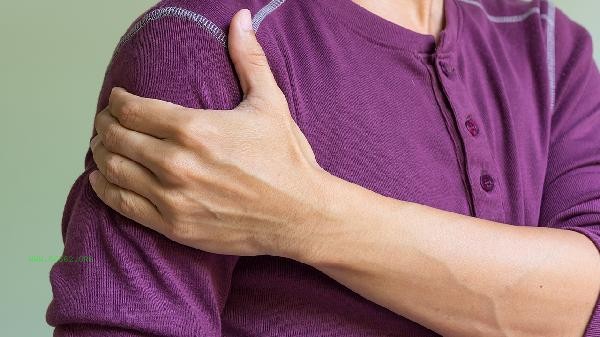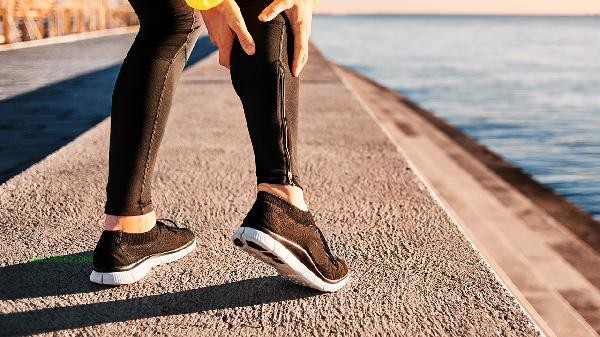Sit ups mainly exercise the strength of abdominal muscles, especially the rectus abdominis, external oblique abdominis, and iliopsoas muscles, while also assisting in enhancing hip flexors and spinal stability.

1. Rectus abdominis
The rectus abdominis muscle group is the core target muscle group for sit ups, located on both sides of the midline of the abdomen. Through trunk flexion movements, both the upper and lower rectus abdominis muscles can be effectively stimulated. Long term practice can enhance abdominal core strength and help shape the vest line or six pack abs. But attention should be paid to the standardization of movements to avoid compensatory force on the neck.
2. External oblique muscle
When performing rotational sit ups, the participation of the external oblique muscle is significantly increased. These muscles located on both sides of the abdomen are responsible for trunk rotation and lateral flexion, and strengthening them can improve the waistline and enhance trunk stability. For sports that require twisting movements, such as golf or tennis, the exercise of the external oblique muscle is particularly important.
3. Iliopsoas muscle
As a deep muscle connecting the lumbar spine and thighs, the iliopsoas muscle works together to exert force during sit ups. Excessive reliance on the iliopsoas muscle may lead to increased lumbar pressure. It is recommended to combine isolated abdominal training such as abdominal curling to avoid overcompensation of the hip flexors.

4. Hip flexor muscles
The iliopsoas muscle, rectus femoris muscle, and other flexor muscle groups around the hip joint play an auxiliary role in sit ups. When the movement amplitude is too large or the speed is too fast, these muscles are prone to dominate the force and weaken the effectiveness of abdominal training. By controlling the angle of standing between 30-45 degrees, the load can be concentrated on the abdomen.
5. Spinal stabilizing muscle groups
include deep muscle groups such as erector spinae and multifidus, which continuously contract during movement to maintain the neutral position of the spine. Although not the primary muscle group, the coordinated work of these muscles can prevent sports injuries and have a positive effect on improving posture and relieving lower back pain.

It is recommended to combine sit ups with other core exercises such as plank support and dead worm exercises to avoid muscle imbalance caused by a single movement. In the early stages of training, 2-3 times a week, with 15-20 pieces per group, pay attention to tightening the abdomen and maintaining a breathing rhythm. For those with lower back discomfort, they can adopt a bent knee posture or use a rolled abdomen instead. Pregnant women and patients with lumbar disc herniation should avoid this movement. Combined with aerobic exercise and protein intake, it can effectively improve muscle endurance and morphology.






Comments (0)
Leave a Comment
No comments yet
Be the first to share your thoughts!